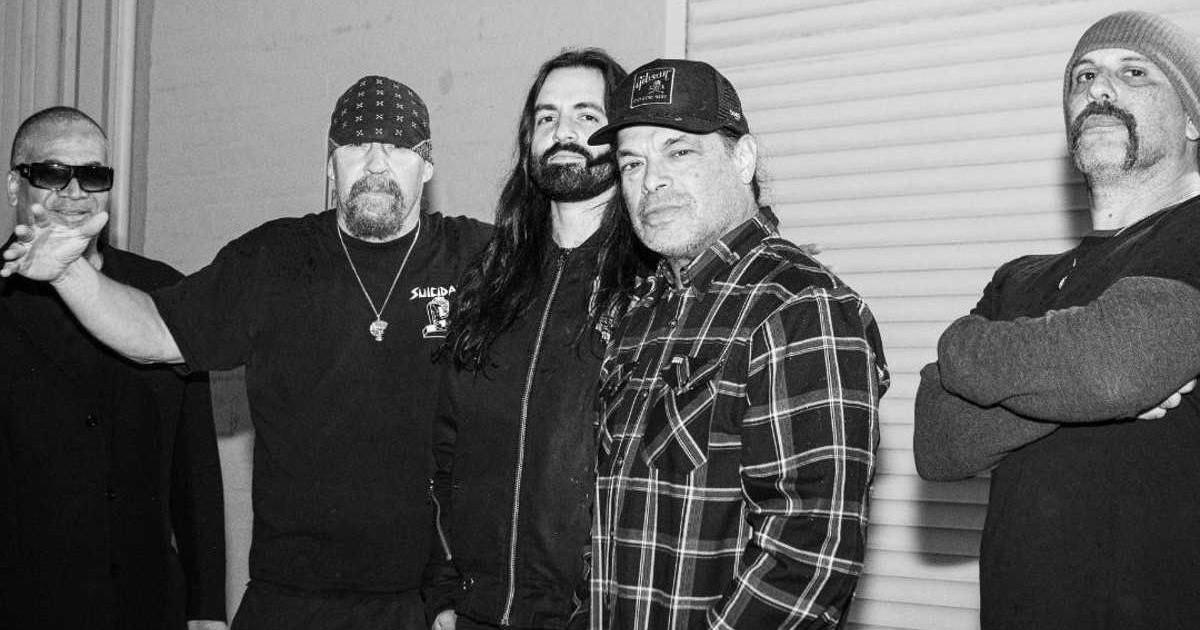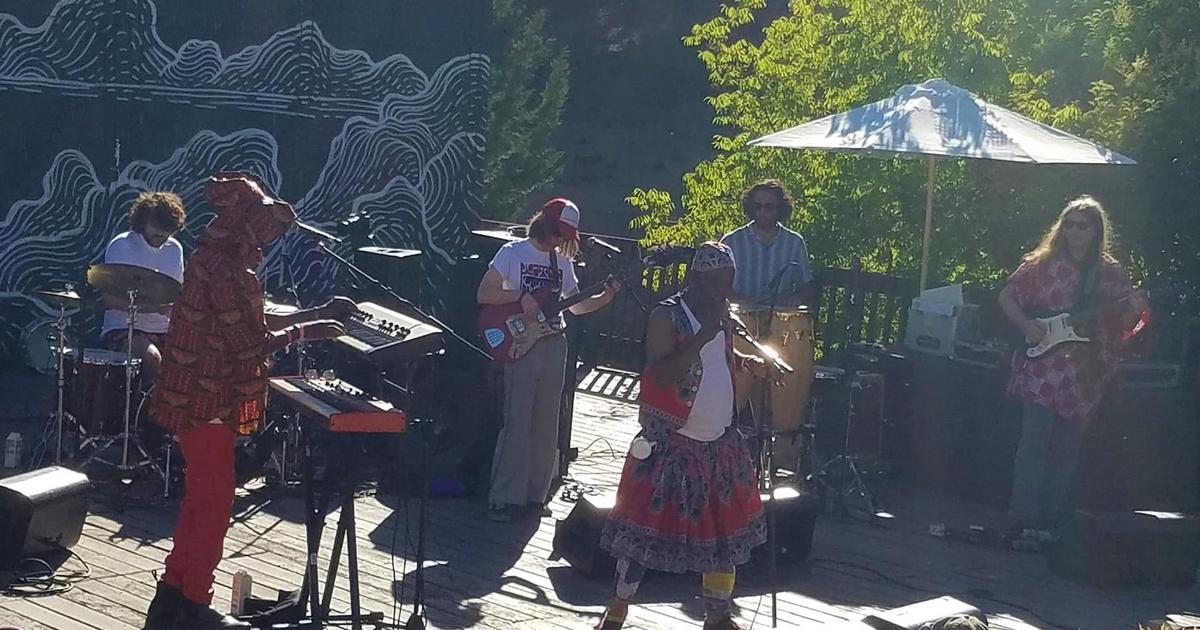Just The Facts: A Brief History Of The Concord Region
The Concord, California region has a rich and colorful history, with notable characters being an integral part of the story. From its beginnings on a land grant named Monte del Diablo, to the vital Bay Area center it is today, Concord and the surrounding region will always appreciate its significant past.
A small tribe of Bay Miwok Indians (native in Northern California) from the Chupcan tribe were the first inhabitants in Diablo Valley, where herds of deer, elk, bear and antelope roamed. The tribe lived along the salmon-filled streams and shared the valley with the wildlife. In 1772, Captain Pedro Fages and Father Juan Crespi led a group of Spanish explorers into the area, becoming the first outsiders to enter. The Spanish continued to explore the valley for the next 50 or so years, but did not settle there. By the 1810s, the Chupcans were missionized at San Jose and San Francisco missions and disappeared from the valley.
In 1828, Don Salvio Pacheco petitioned Mexico for land in the valley and in 1834, received a 17,921-acre land grant called "Monte del Diablo," a name used by Spanish soldiers in describing the valley area. The grant covered the Walnut Creek channel east to the hills, and from the Mount Diablo foothills north to the Bay.
Fernando Pacheco, Don Salvio's son, occupied the grant and began a cattle-raising business on the family's new Rancho; in 1846 the Pacheco family joined Fernando there. Don Salvio's grand adobe became a focal point as a business and social center of the region, and is still located in downtown Concord. Don Fernando's adobe, built a few miles north on the hills, is now a registered historical landmark. Soon a new town named Pacheco grew neighboring the Rancho, but fell on hard times due to flooding, fires and the 1868 earthquake.
In 1868, the Pacheco men created a new town and named it Todos Santos (All Saints). The following year, in 1869, they offered the town for free to the residents and merchants of Pacheco, but the name Todos Santos would not last for long. The town's residents recorded the name "Concord" as the official name of their new town; the Contra Costa Gazette announced it on April 17, 1869. The name Concord was cheered for the harmonious spirit of the name, as Concord means "harmony." In spite of Don Fernando's published reminders of the Todos Santos name, the Concord name remained.
The 1870s saw the new town of Concord forming, as businesses opened along Salvio Street and around the town square. By 1879, the Concord population had hit 300.
The 1900s saw residential expansion. In 1901, Mount Diablo Union High School opened. The school would become California's longest continually operating high school. In 1905, Joseph Boyd became the first mayor of Concord. By the same year, 1905, Concord's population had again doubled, and on February 5, 1905, the "Town of Concord" incorporation was officially approved by a two-vote margin.
Over the next 35 years, the population would again double. By the start of World War II, small town Concord had a full-service commercial downtown area and a comfortable residential lifestyle. In 1948, Concord became a California City with a population of 6,500.
The 1950s and 1960s saw a growth explosion while the original downtown began to deteriorate, yet new development was on its way. During this time, the First Concord Summer Jazz Festival was held, and the original town square was officially renamed Todos Santos Plaza.
From the 1970s through the 1990s, and onto the end of the millennium, Concord saw great growth and change. BART operations came to the city, the Concord Pavilion was established, June Bulman became the first woman mayor, the Tishman Building opened to become Contra Costa's tallest high-rise, the City adopted its Art in Public Places and Gateway Art Program, Brenden's 14-screen movie theater megaplex opened and an elevated BART line extended to North Concord, among other notable happenings.
The 2000s' new millennium sees Concord, now the largest city in Contra Costa County, with a diverse population approaching 125,000. The city's social, artistic and economic developments continue, with more on the way.
![]()
Visit CBS San Francisco's section Introducing Diablo Valley
to continue planning your next East Bay adventure
Melanie Graysmith is a writer, artist and educator based in San Francisco. She writes on adult education, art and lifestyle topics, and enjoys writing short stories and poetry. She is also a member of an independent filmmaking group. Her work can be found at Examiner.com.
![]()




